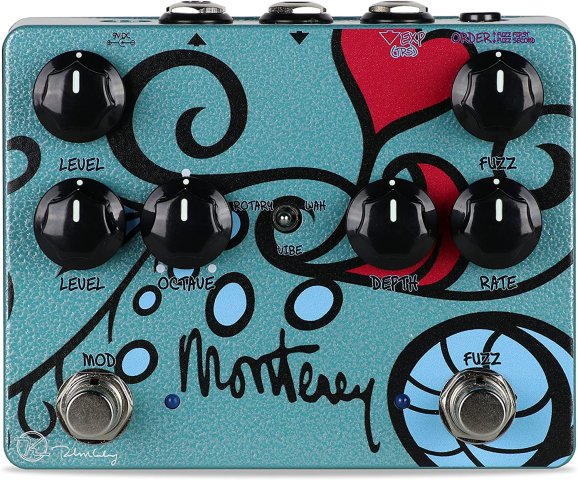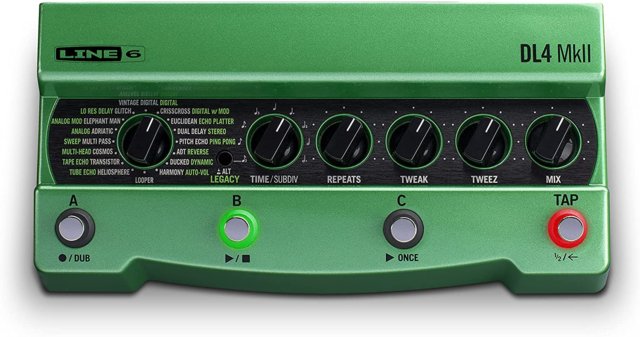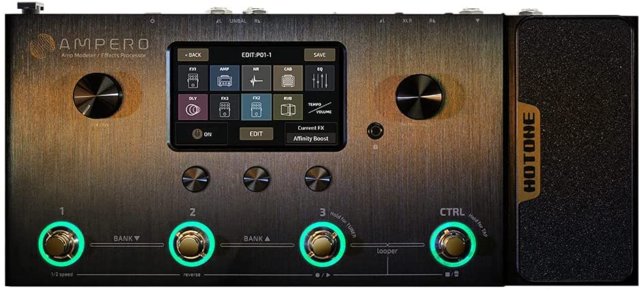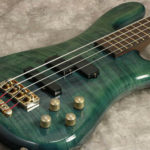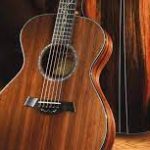multi effect pedals
The multi-effects pedal is one of the most impressive and creative inventions in artistic technology of the last century. The ability to distort, modulate, and delay an audio signal from an electric guitar in one standalone unit is nothing short of an incredible accomplishment, considering the electric guitar itself is less than 100 years old.
Many contemporary pedals blend seamlessly with computer interfaces through WiFi, Lightning, USB, or Bluetooth connections. This has opened many doors for music production at home. Today, we are able to perform in-depth editing and customization of the music we play. It is as easy as uploading and downloading custom presets to and from our devices, programs and the internet.
The first glimmer of multi-effects technology appeared in 1982. At that time, the available effects on the market were primarily floor-based stompbox or expression pedals with a single dedicated sound such as the Maestro Fuzz-Tone, Dallas Arbiter Fuzz Face, and Shin-ei UniVibe.
These pedals are all great, due to the convenience of multiple effects in one unit. They can be high-maintenance and their requirements can add up quickly. They may need additional power supplies and patch cables. If you are a live musician, it can become tedious, if you have to make any switches, between pedals, while performing.
More often than not, you’ll want to be able to set upper and lower limits between which the parameter will change in response to the full travel of a pedal, or to the sweep of an input‑tracking envelope follower. Fortunately, any effects unit with worthwhile modulation facilities will include a facility to let you define your own limits.
The majority of effects units, other than the very cheapest models, come with some form of MIDI control, but you’ll have to check your manual to see exactly what that allows you to do. At the very least, you should be able to change patches or mute the effects output via MIDI, but you can usually do a lot more.
All you do is choose the parameter you want to change, then move the physical controller you want to use to control it, and the effects device will recognise the controller and assign it for you. The exact procedure varies from machine to machine, but it doesn’t get much more complicated than that.
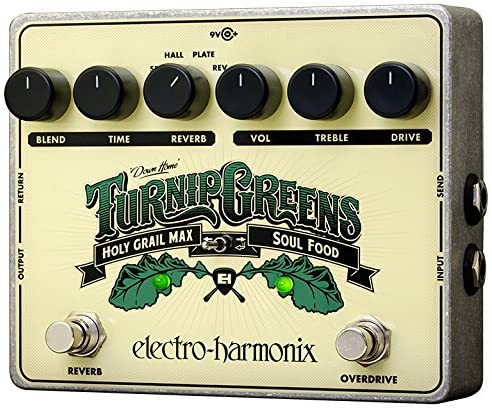
In addition to using MIDI to make continuous parameter changes, you may also find that you can use MIDI Clock to synchronise time‑related functions such as LFOs, delay times, and so on. This is a very useful feature to have, as you can create stock effects that will always work in time with a track, no matter what the tempo is.
To create a change from delay to chorus, you’d set up chorus in one block and delay in the other, then use MIDI to turn down one block at the same time as turning up the other. This could be done quickly or as a smooth crossfade. You may also find it useful to use the MIDI master volume facility in your effects unit to automate effects level from your sequencer.
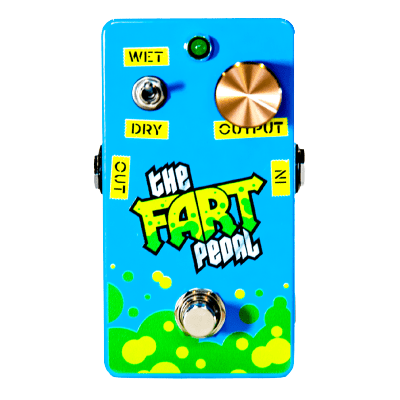
Recommended Multi Effect Pedals
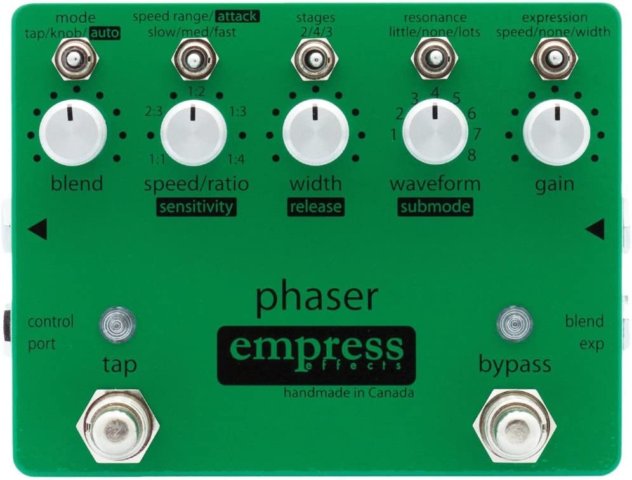
Empress Effects
The Empress Phaser Pedal is the next generation in the evolution of digitally-controlled analog technology. It features an all-analog signal path but is controlled by a microprocessor, allowing it to maintain all its character and analog flavor while adding a ton of possibilities for control and adaptability.
Line 6 HX Effects Multi
HX Effects features 100+ effects taken from the award-winning Helix processor, in a compact, pedalboard-friendly format. In addition, legacy effects from the acclaimed Line 6 M-Series and Stompbox Modeler pedals are also included.
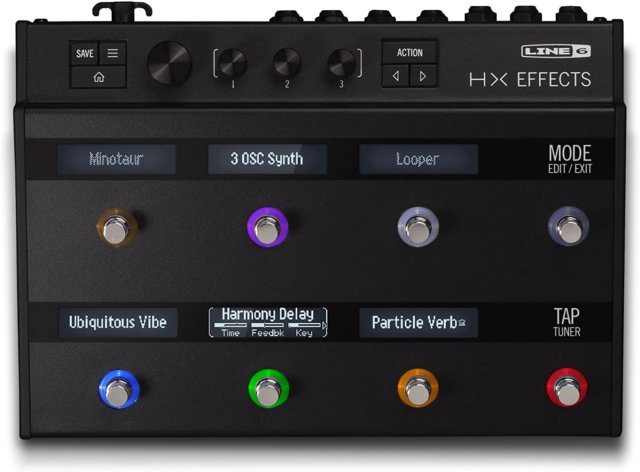
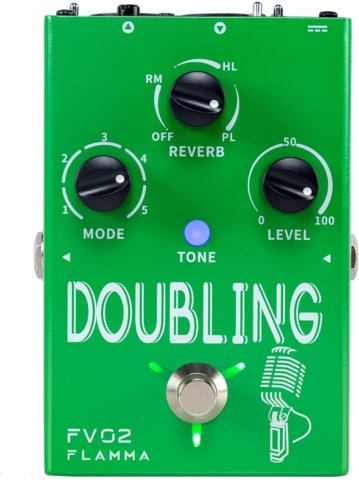
Vocal Pedal Processor Doubling Effects
This pedal is designed for vocalists and guitarists to add rich chorus and reverb effects to their microphone and/or guitar signal. Singers can also switch between WARM, BRIGHT, and NORMAL modes, with each mode indicating the type of EQ manipulation provided by the pedal.
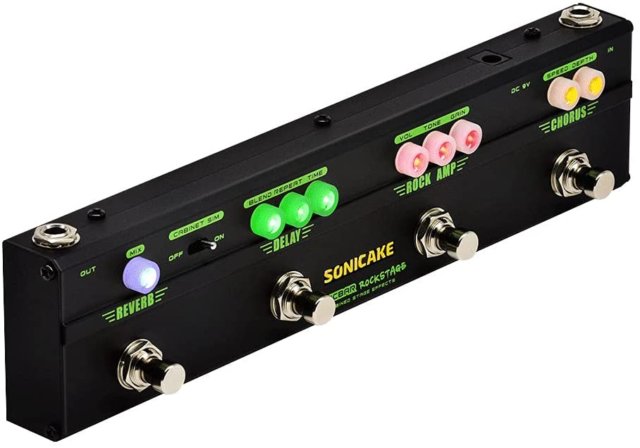
SONICAKE Guitar Multi Effect
Rockstage features a built-in cabinet simulator for getting a real stack sound straight from the PA system. You also can directly connect it to your guitar amplifier’s return jack to get your own rock sound.
HOTONE Guitar Multi Effects
Throughout years of grinding to establish its core technologies from empirical practice, Hotone team proudly presents this soul partner for your sophisticated taste in the sound of the music.
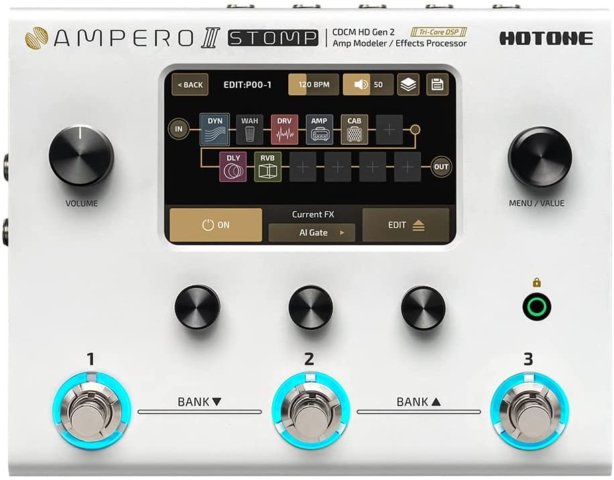
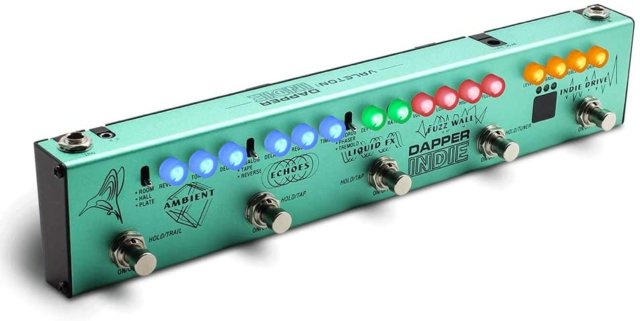
Valeton Multi Effects
Dapper Indie is one guitar multi effects pedal processor which contain Distortion Reverb Delay Chorus Fuzz & Phaser Tremolo effects guitar Pedal
Hotone Ampero MP-100
Ampero amp modeler & multi effects processor/pedal is a game changer. It’s heart pounding amp modeling and uber quality effects are powered by the updated CDCM HD and F.I.R.E. system, bringing you the absolute best the world has to offer.

